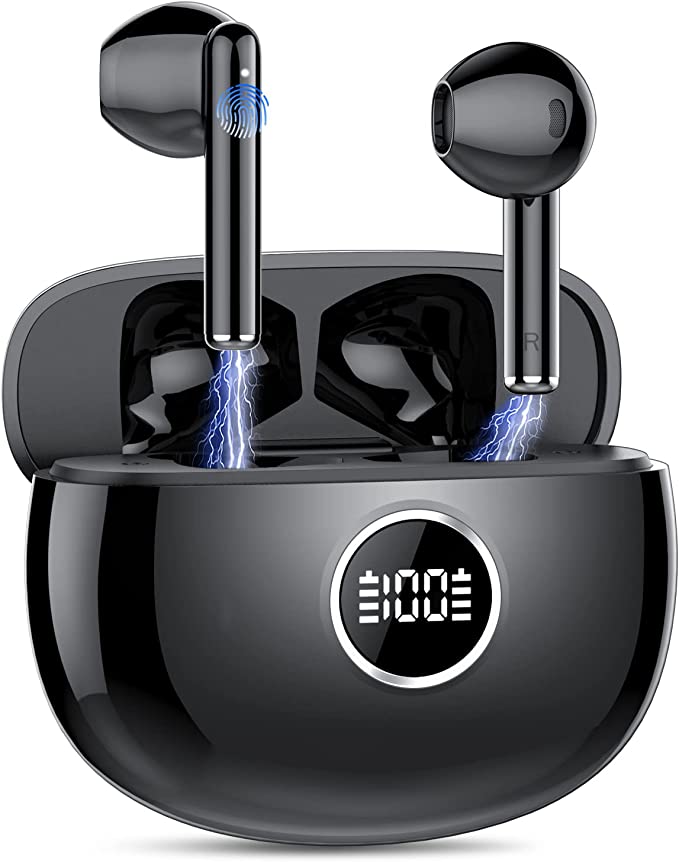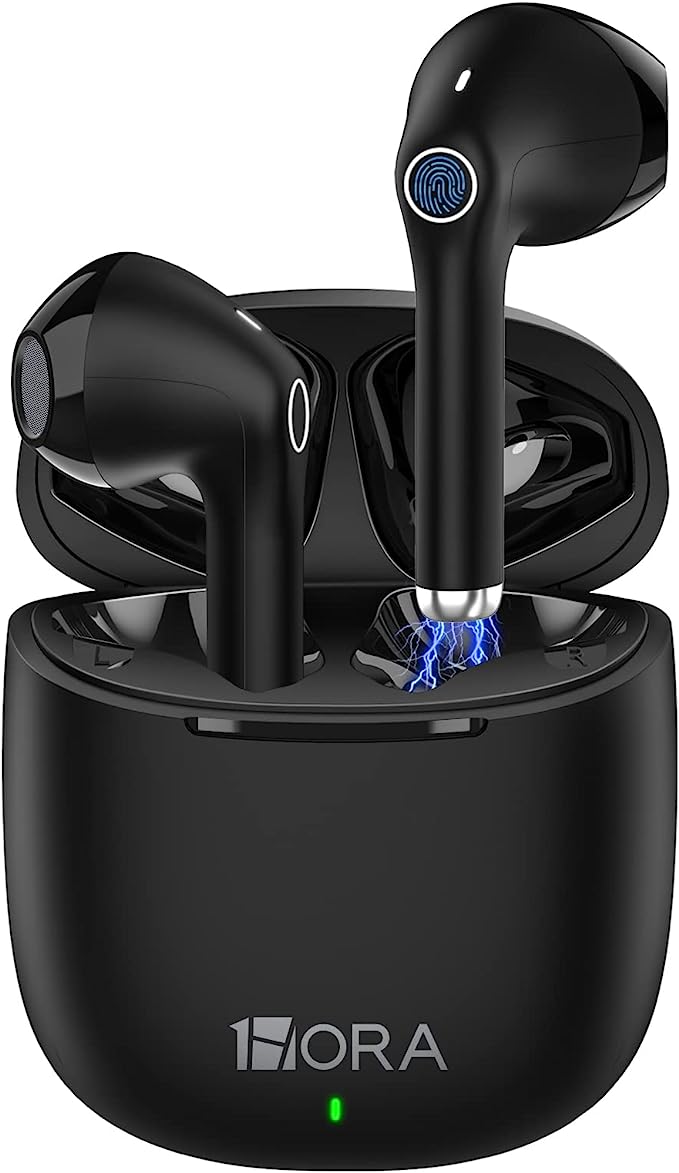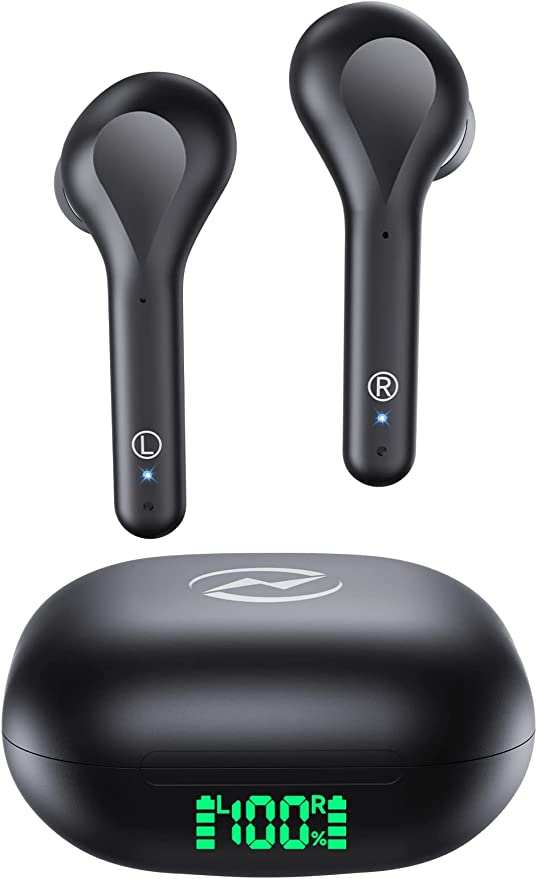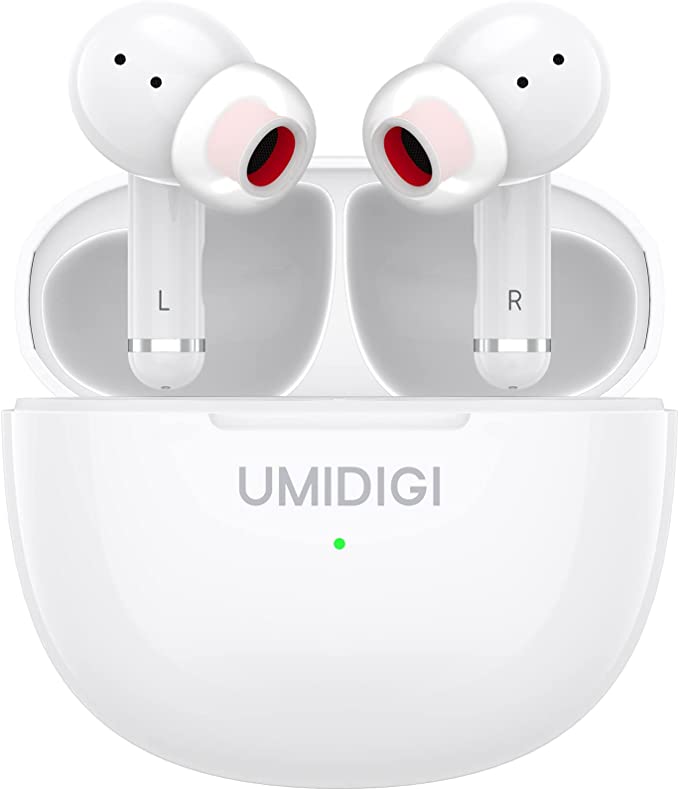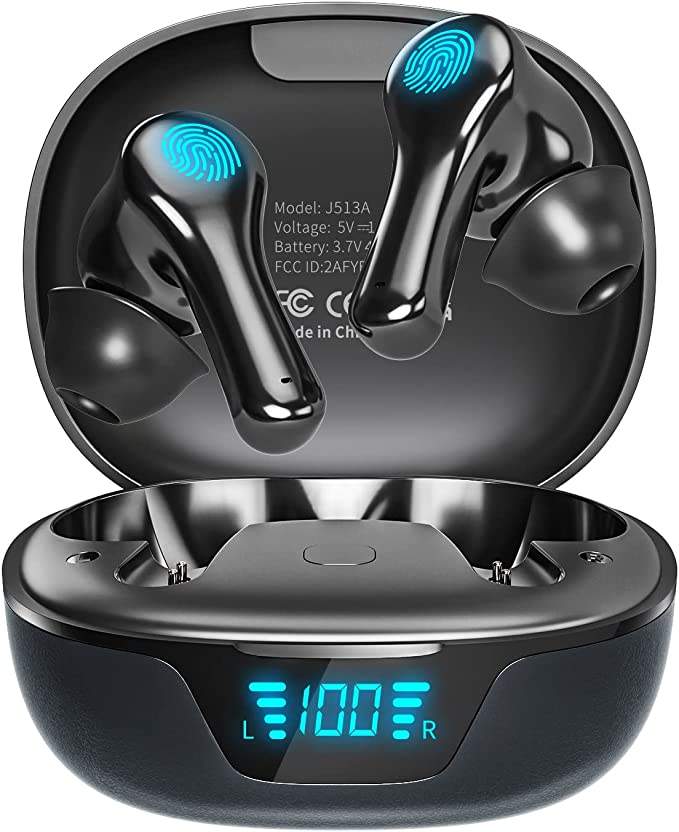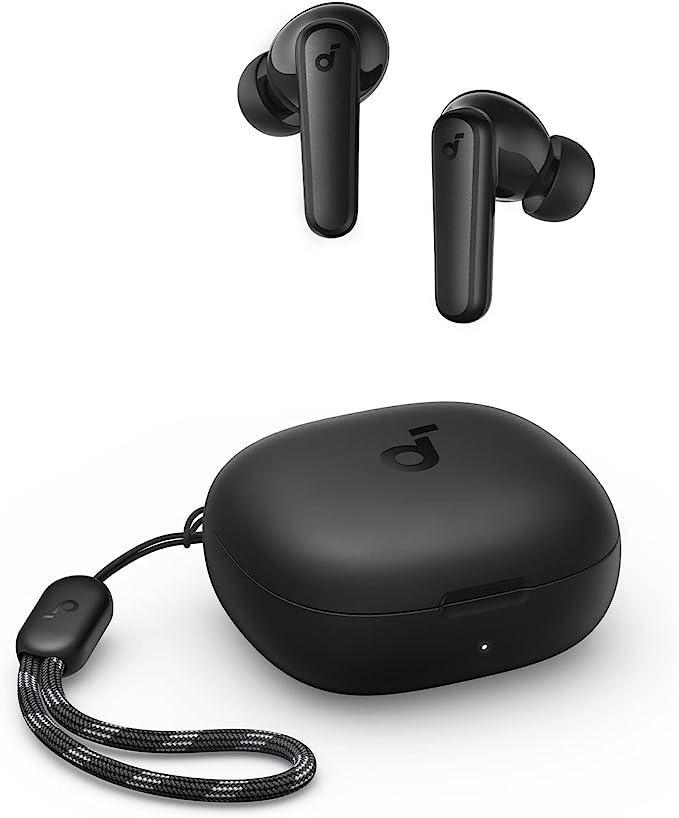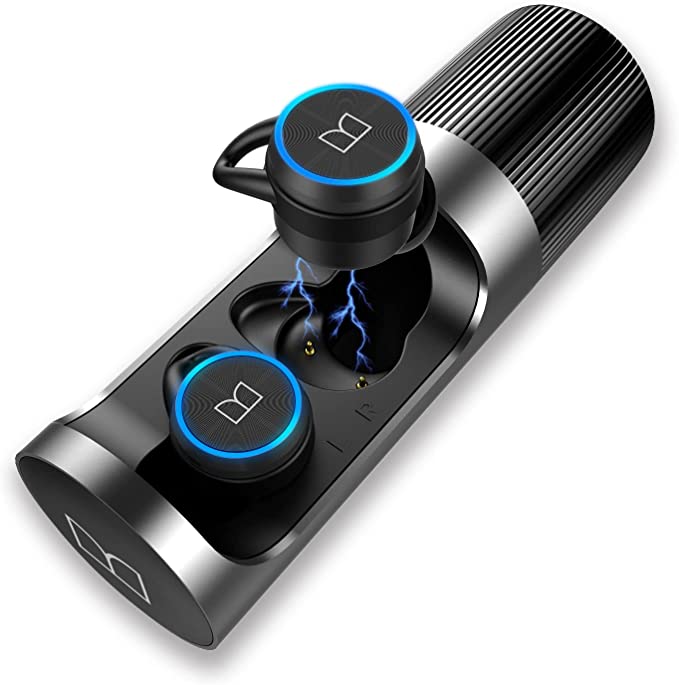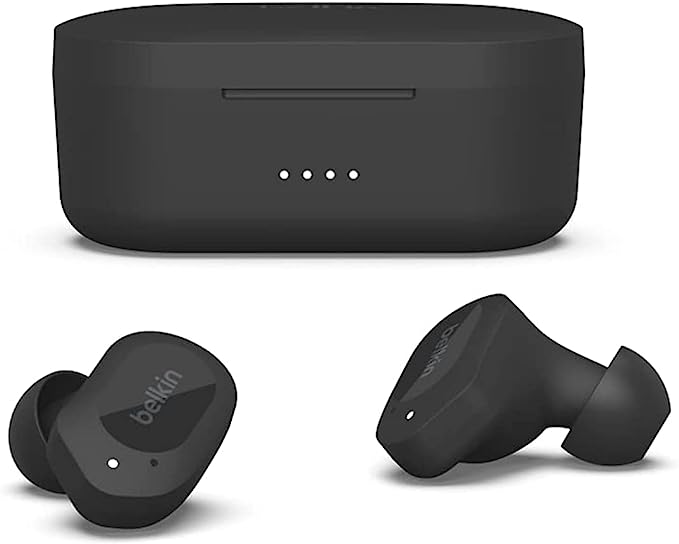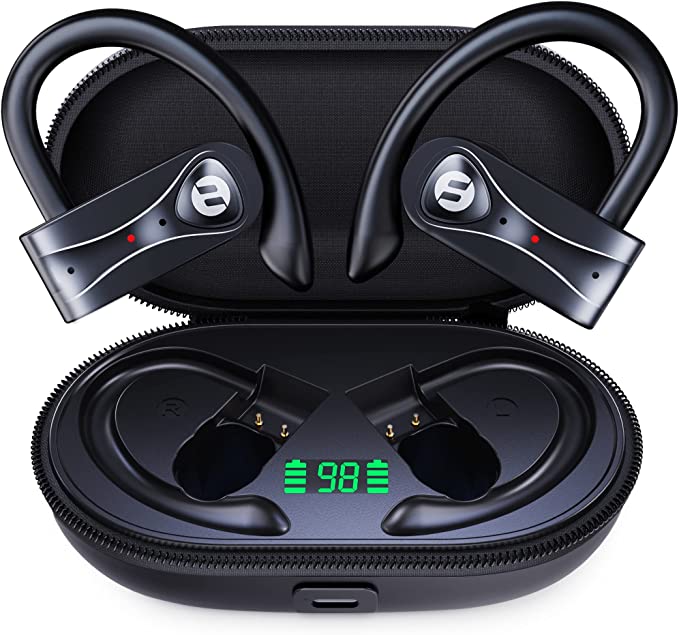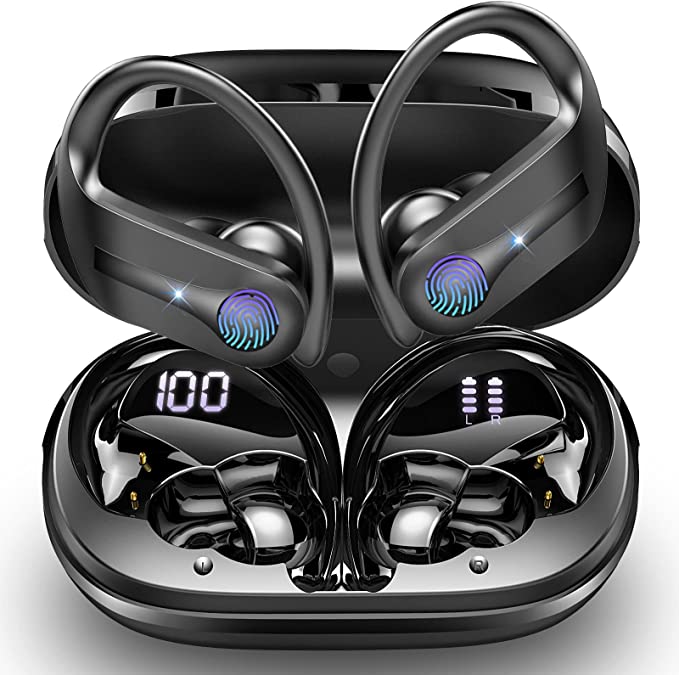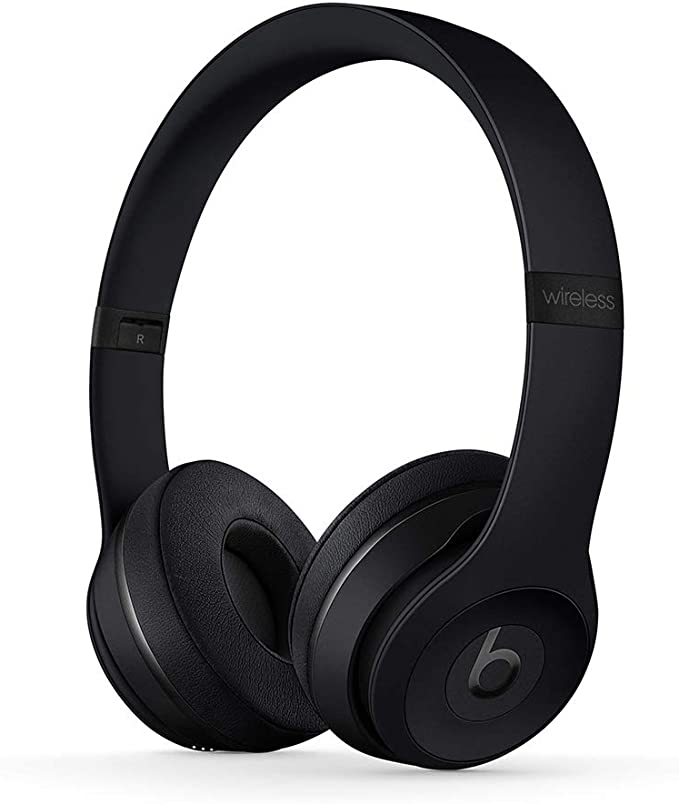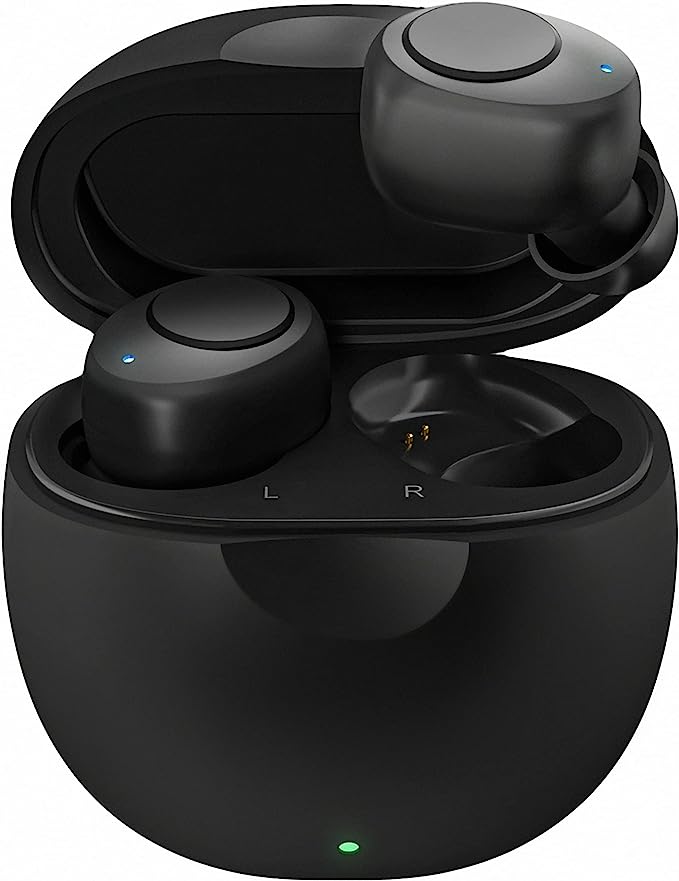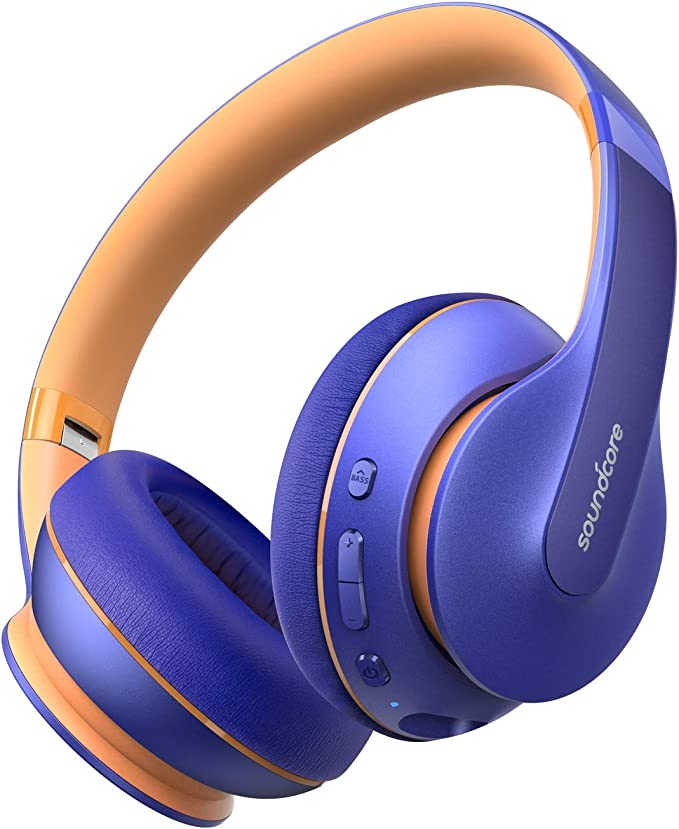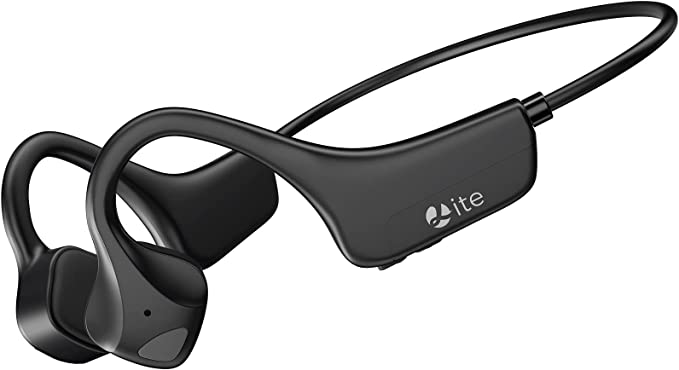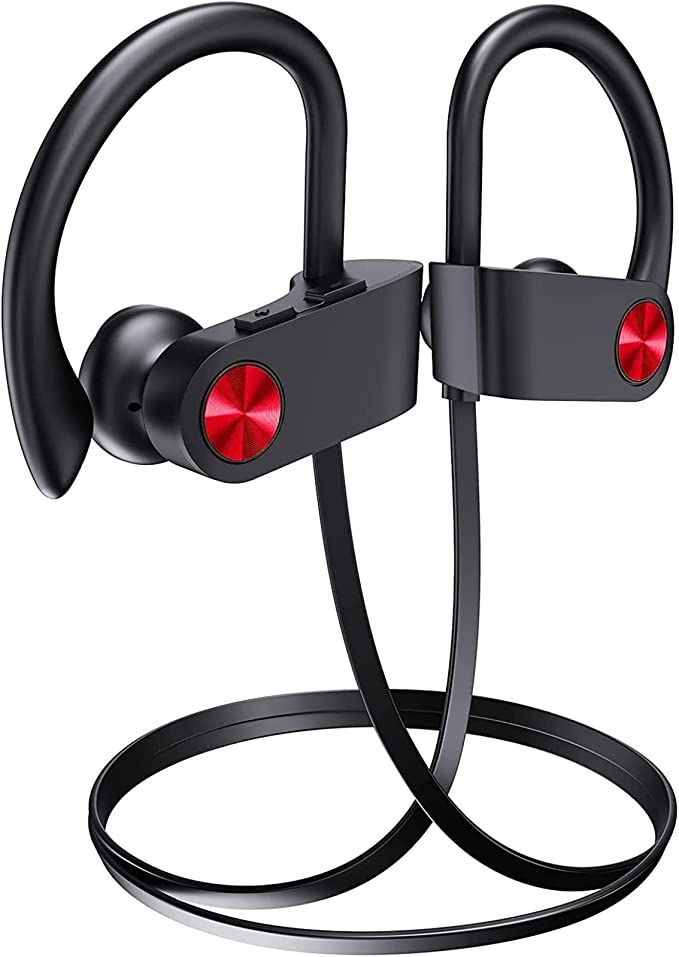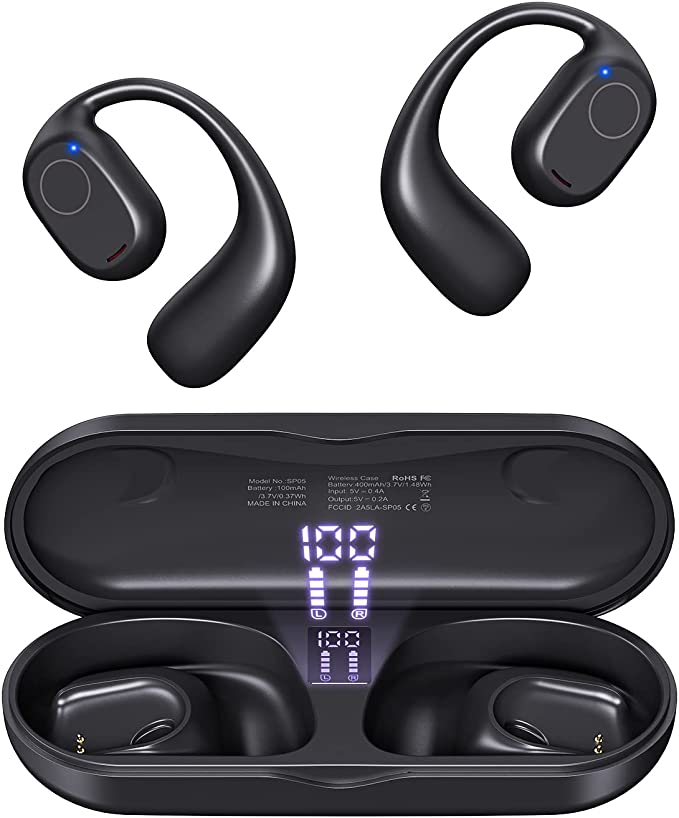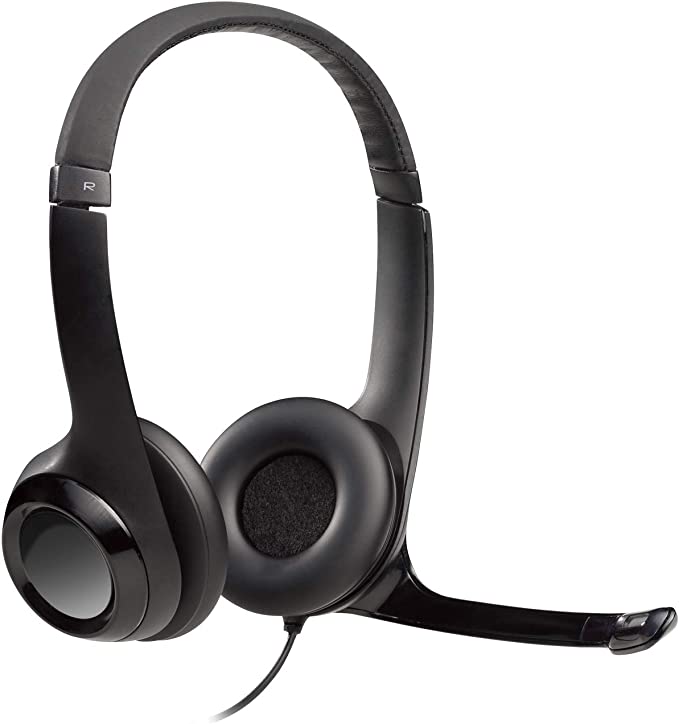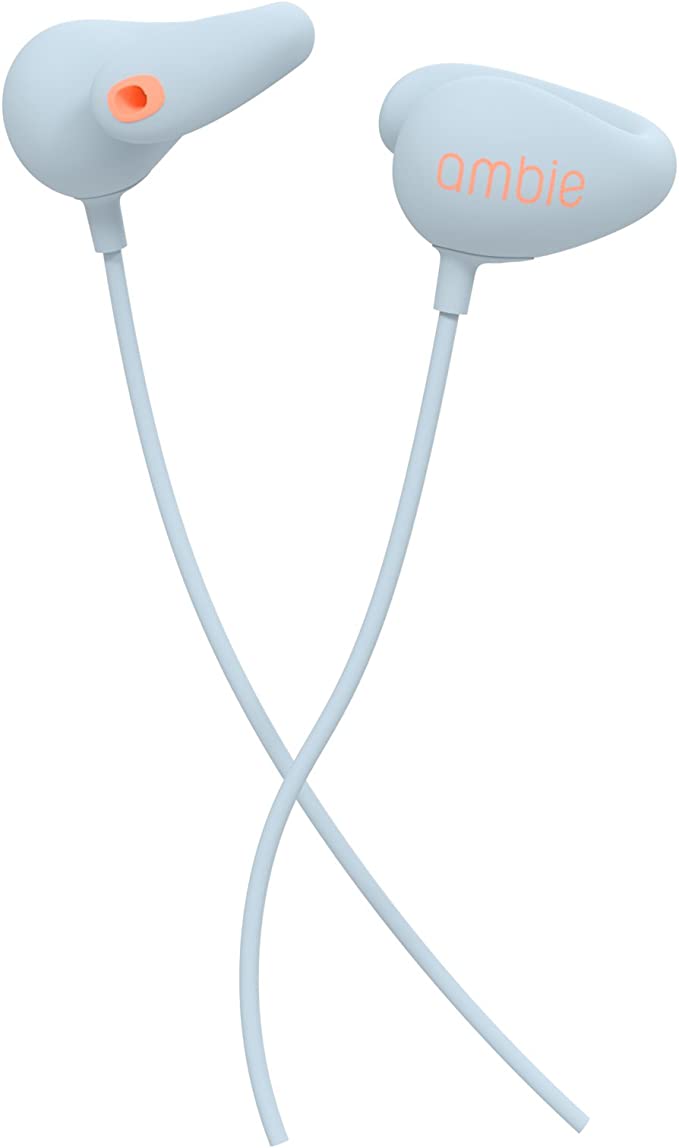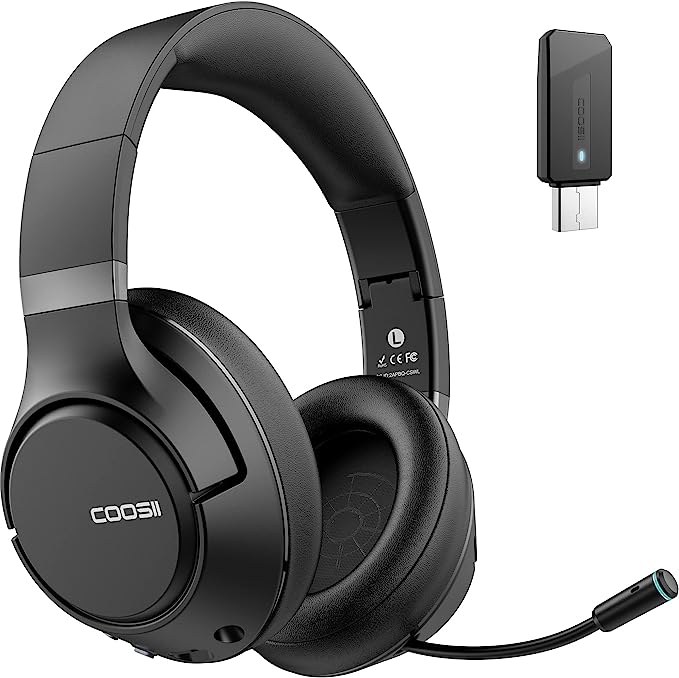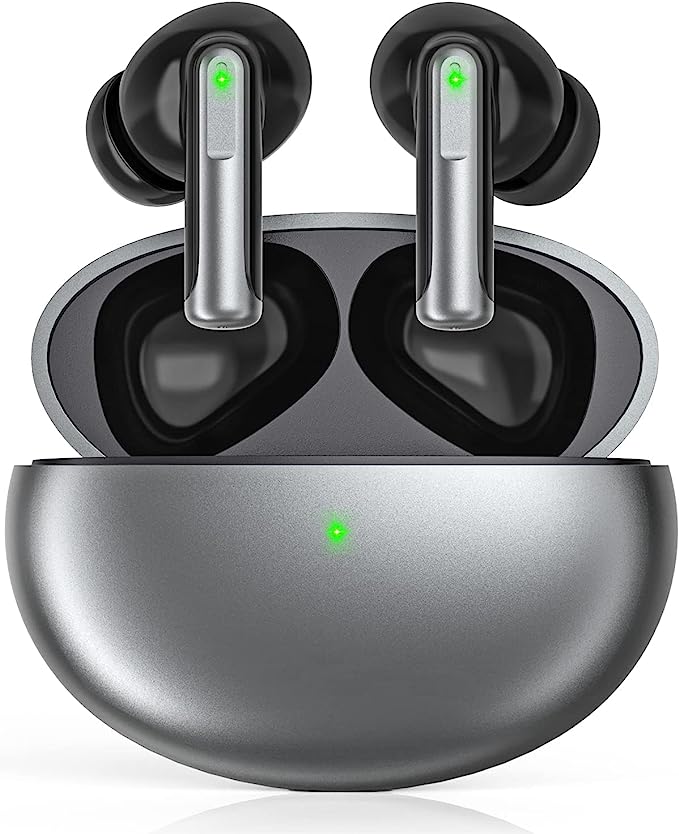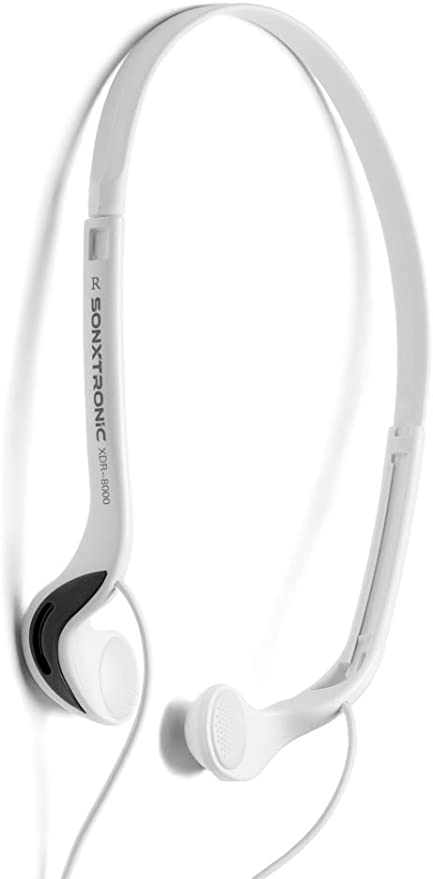Beats Studio Buds True Wireless Earbuds - Punchy Bass and Active Noise Cancelling in a Stylish Package
Update on July 4, 2025, 10:02 a.m.
It begins with a familiar scene. You’re in a café, the air thick with the clatter of ceramic, the hiss of a steam wand, and a dozen overlapping conversations. Or perhaps you’re on a train, surrounded by the rhythmic clatter of wheels on steel and the low, omnipresent rumble of motion. You reach into your pocket, pull out two small, sleek objects, and place them in your ears.
And then, the magic happens.
The world doesn’t just get quieter; it performs a vanishing act. The chaotic symphony of noise recedes into a distant hum, replaced by an intimate, enveloping silence, or the opening chords of your favorite song, suddenly rendered in stunning clarity. It feels like stepping through a portal into your own private world. This isn’t sorcery. It’s a breathtaking display of applied physics, a story of science so elegant it becomes indistinguishable from magic. Let’s pull back the curtain and explore the ingenious science powering the Beats Studio Buds.

The Ghost in the Machine: Crafting Silence from Noise
Our journey begins not in a modern tech lab, but in the noisy cockpit of an airplane decades ago. The concept of Active Noise Cancelling (ANC) was born from a desire to protect pilots’ hearing from the deafening, relentless roar of their engines. It was a solution born of necessity, which has since been miniaturized and perfected into the device you hold today.
To understand how it works, you must first understand its adversary: sound. Sound travels as a wave, a physical disturbance moving through the air with a series of peaks and troughs, much like ripples on a pond. Now, imagine you could create a second set of ripples, perfectly inverse to the first—wherever the first ripple has a peak, your new one has a trough. When they meet, the water becomes still. They cancel each other out.
This is the principle of destructive interference, and it’s the scientific heart of ANC. When you activate this mode, a tiny, outward-facing microphone on each earbud acts as a sentinel. It listens intently to the outside world, capturing the ambient noise waves before they reach your ear. This information is instantly fed to an internal processor, which performs an incredible feat of real-time calculation: it generates a brand new, mirror-image soundwave that is precisely 180 degrees out of phase with the incoming noise.
This “anti-noise” wave—a veritable ghost in the machine—is then played through the earbud’s internal speaker. It meets the original noise wave right at your eardrum, and they annihilate each other. The drone of the train, the hum of the air conditioner, the roar of the jet engine—they all collapse into a whisper.
This also explains a common user experience: why ANC is a champion against the low-frequency, monotonous drone of an engine, but seems less effective against the sharp, unpredictable sound of a colleague’s laugh or a baby’s cry. Constant, low-frequency waves are easy for the processor to predict and counter. High-frequency, complex sounds change too rapidly for the system to create a perfect anti-noise wave in time. This isn’t a flaw; it’s a fascinating limitation of the physics itself. And when you need to let the world back in, Transparency Mode simply reverses the spell. It uses the same microphones, but instead of hunting for noise to destroy, they act as your personal ushers, carefully curating and delivering important ambient sounds to your ear so you can stay aware of your surroundings.

The Unbreakable Thread: Mastering Distance and Freedom
There is a simple, profound joy in the freedom of wireless audio. It’s the ability to leave your phone on a workbench while you move around the garage, or to flow through a yoga routine without getting tangled in cables. This freedom is predicated on an invisible tether, a radio connection we call Bluetooth. But not all tethers are created equal.
The strength and reliability of this connection are defined by standards from the Bluetooth Special Interest Group (SIG), which classifies devices by their transmission power. Most wireless earbuds and devices operate on Class 2 Bluetooth, which has a modest power output of 2.5 milliwatts and a practical range of about 10 meters (33 feet). The Beats Studio Buds, however, operate on Class 1 Bluetooth.
Think of it like this: Class 2 is a reliable handheld flashlight, perfectly capable of illuminating the path directly in front of you. Class 1 is a lighthouse, capable of broadcasting its signal with up to 100 milliwatts of power, giving it a theoretical range of 100 meters (328 feet). While walls, furniture, and even your own body will reduce this range in the real world, the fundamental power advantage remains. This surplus of power translates directly into a more robust, stable connection. It’s the science behind fewer audio dropouts when you put your phone in your back pocket, and the reason you can walk into the next room without the music stuttering. It’s the engineering of reliability, ensuring your audio experience is as seamless as it is freeing.

The Guardian at the Gates: Wards Against Water and Time
A piece of technology is only as good as its ability to withstand the entropy of daily life. Life is filled with sweat, unexpected rain, and the relentless ticking clock of a battery meter. The Studio Buds are fortified against these elements by two clever forms of scientific guardianship.
The first is a ward against water, certified as IPX4. This code comes from the International Electrotechnical Commission’s standard IEC 60529, a globally recognized benchmark for durability. The ‘IP’ stands for Ingress Protection, the ‘X’ means it hasn’t been tested against solid particles like dust, and the ‘4’ is the crucial part. It certifies that the device is protected from splashing water from any direction. To earn this rating, the earbuds must survive a rigorous test where they are sprayed by oscillating water jets. This isn’t a casual sprinkle; it’s a deliberate trial by water that ensures your investment can endure a sweaty workout or a dash through a downpour without issue.

The second is a ward against time, embodied in the “Fast Fuel” charging feature. This is a masterful application of lithium-ion battery chemistry. When you plug in a nearly depleted case, the charging system doesn’t just apply a steady flow of energy. Instead, it acts like a financial expert managing an account. Initially, it makes a high-yield, short-term investment, pushing a higher voltage and current to rapidly boost the battery’s charge—this is how a quick 5-minute charge can provide up to an hour of precious playback. Then, as the battery approaches its capacity, the system wisely shifts to a conservative, long-term strategy. It throttles back the current to a gentle trickle charge, topping off the final few percentage points safely. This prevents overheating and stress on the battery’s chemical structure, safeguarding its health and ensuring its longevity for years to come.

The Art of Invisibility
Here, then, is the grand finale of our magic show. A ghost wave of anti-noise born from the physics of silence. An invisible thread of radio waves engineered for freedom. A protective ward forged from chemistry and standardized resilience. Each is a marvel of a different scientific discipline. Yet, within the compact shell of the Beats Studio Buds, they converge and collaborate.
The greatest triumph of such sophisticated technology is, ultimately, its ability to become invisible. It works so flawlessly, so intuitively, that you forget the monumental scientific achievements you’re carrying in your ears. The complex calculations, the radio standards, the chemical reactions—they all fade into the background, leaving you with nothing but the pure, unadulterated experience. The best technology doesn’t demand your attention. It simply, and elegantly, becomes a seamless part of how you perceive your world.
